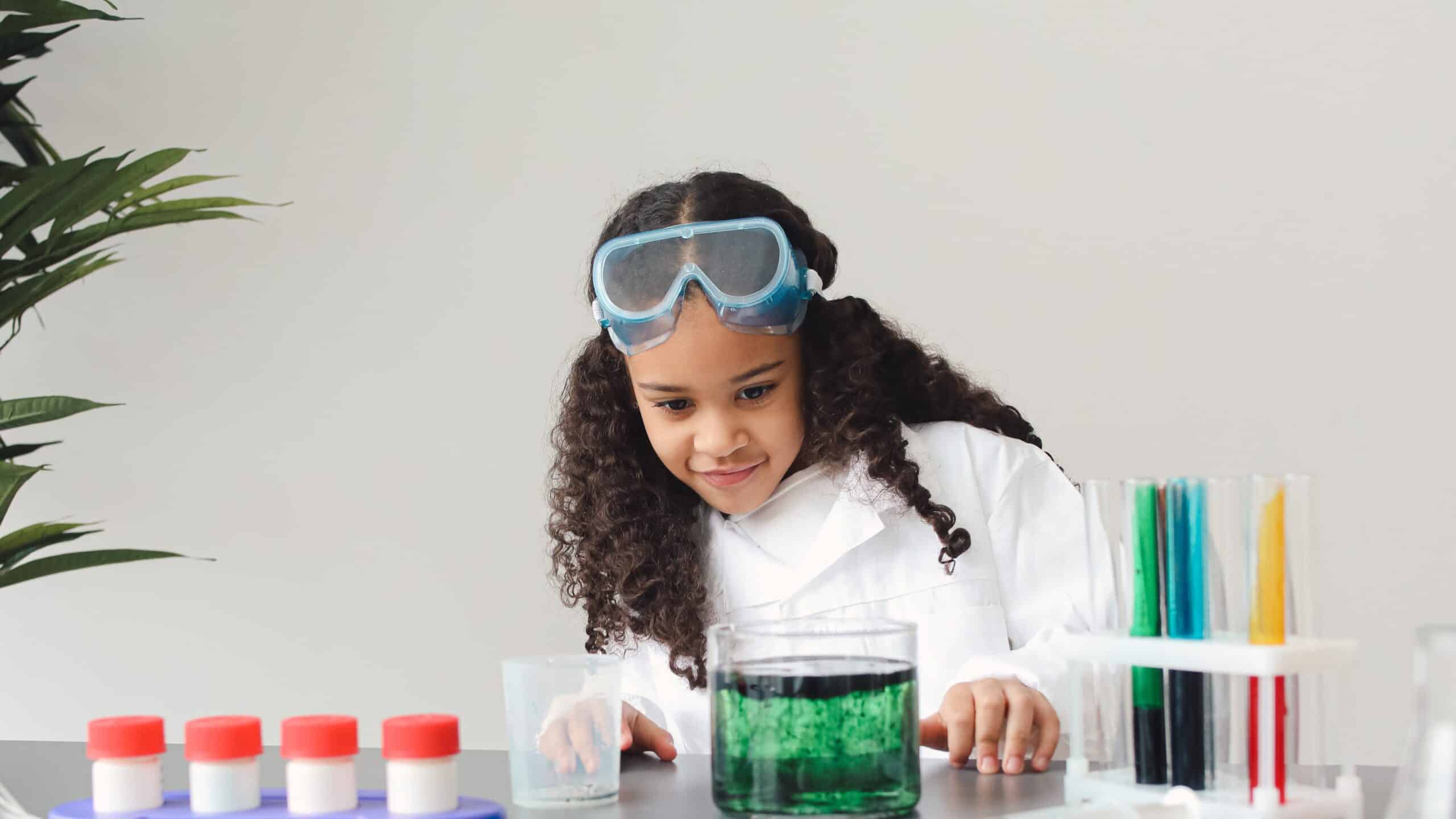
Let's talk evidence–The case for combining inquiry-based and direct instruction
Interventions, Pedagogy Teaching writing skills allows students to interact in an ever-increasing digital world and more effectively communicate their ideas, share information, and gain new vocabulary inside and outside of a school setting. While writing skills are crucial to teach, it is also difficult to do so. The authors in this study wanted to explore […]
22 Mar 2024

